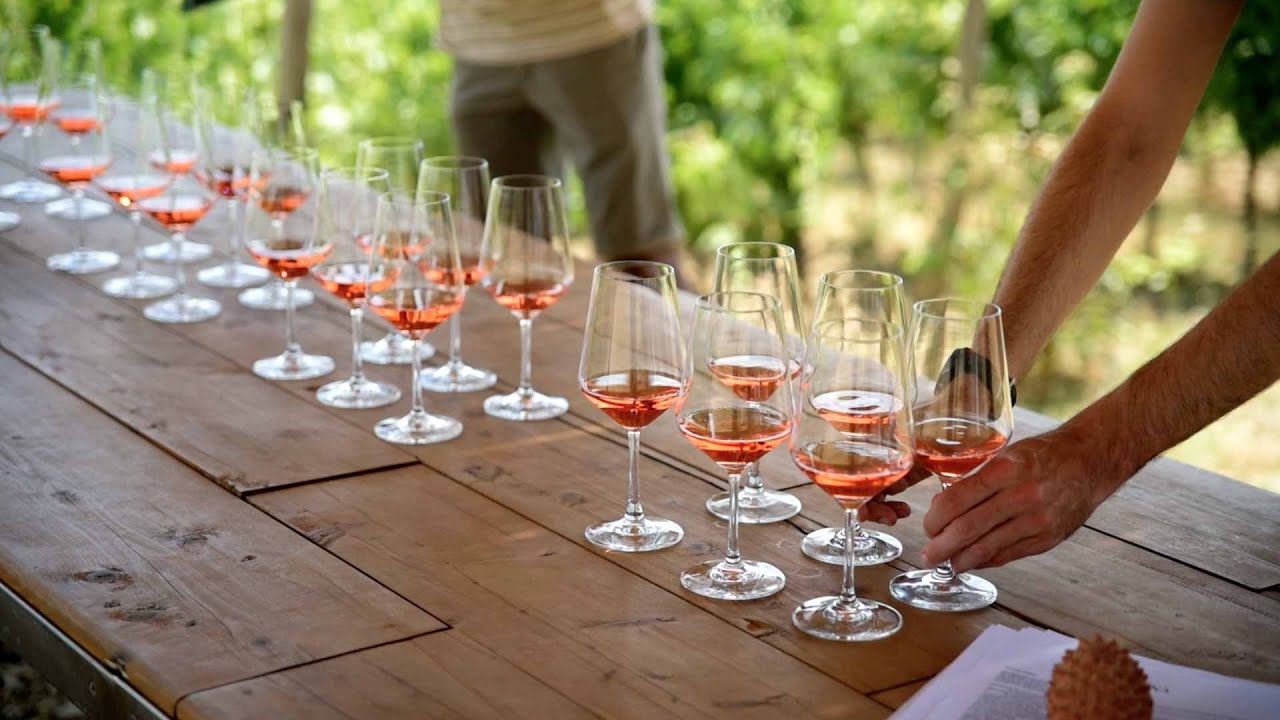A great insight into the making of chianti classico
The process of making chianti classico wine is a long and arduous one. It takes four years for the grape to be harvested, crushed, and fermented before it’s ready to drink. This article will take you through the journey from a grape to a wine glass to help you decide to buy chianti Classico.
The process
1. The grape is harvested at the perfect time, as soon as they are ripe and ready to be picked. This means that there has been a long period of sunshine and heat for each specific batch of grapes which allows them to mature properly. The number one priority in winemaking is quality. Only perfectly healthy and ripe grapes should be used (no rotten or green grapes).
2. The grapes are then crushed and pressed (separating the juice from the skins) .This process is done by either a machine or stomped on my feet. This step aims to separate the grape juice, called “must”, from its skin and pulp.
They must be used to make wine right away, but sometimes (for better quality wines), they will sit in tanks and ferment with their yeast, which creates carbon dioxide trapped inside, creating bubbles like champagne! This part of the process is now known as “primary fermentation”.
3. The wine is now ready to be bottled and sent away for a long ageing period.
-The young wines are often put into large vats where they will age until they’re at least two years old before being sold as “table wine”. This process step occurs in Italy’s major wineries, which can be found all over Tuscany, Veneto, Marche and Umbria. The longer it ages (up to 30 or 40 years), the more valuable and sought after it becomes. Once aged, bottles of this highly coveted liquid gold make their way onto ships headed towards America where we drink them up faster than you can say “Mangia!”
This whole process from start to finish takes about four full years.


